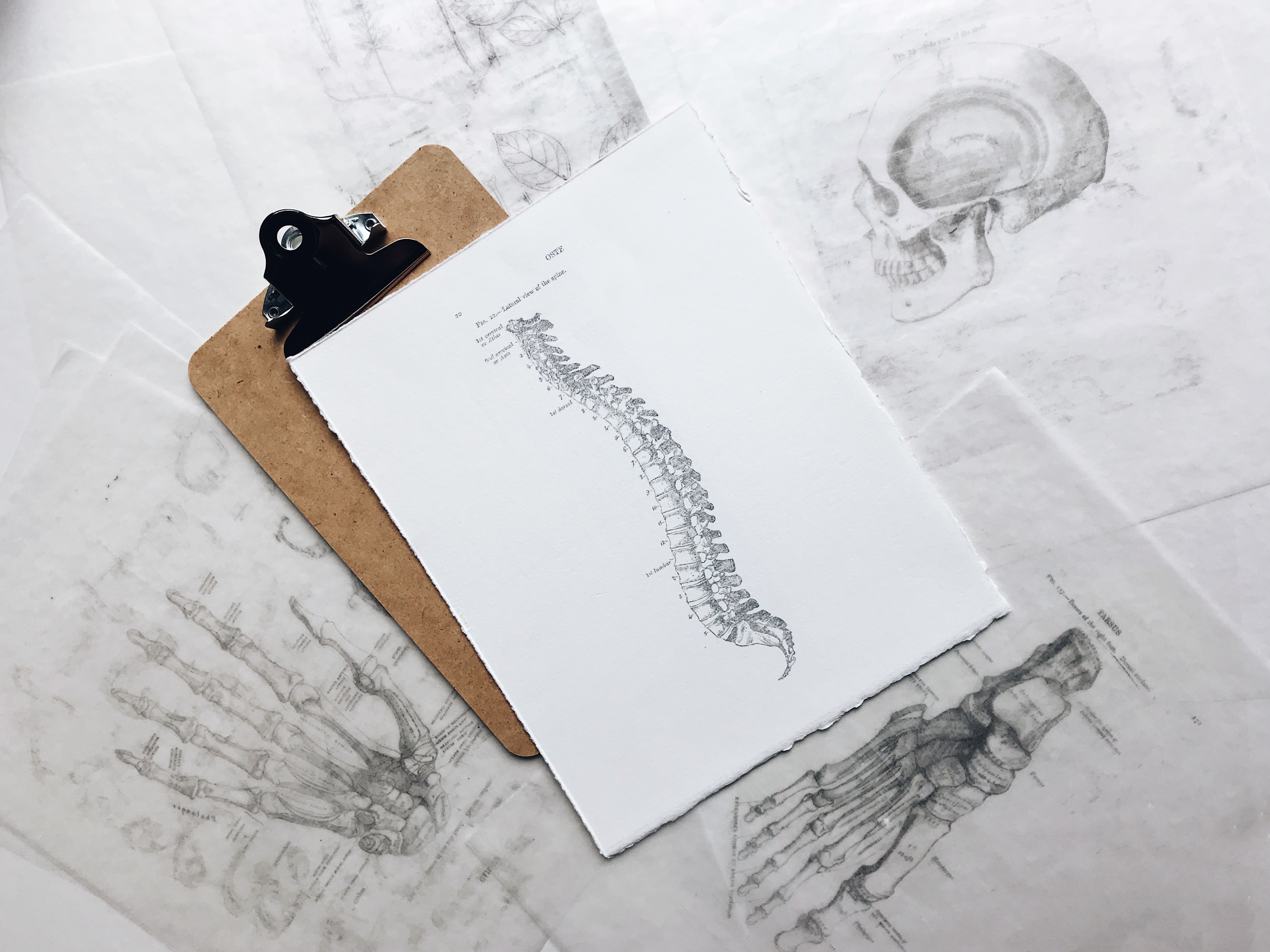

When it comes to chronic pain, one shoe does not fit all…… however, the answer is NO!
Exercise and regular movement has scientifically been proven to be a critical component of the treatment and management plan for chronic pain. The best form of treatment is a holistic team care approach that takes into account all your different health and wellness factors.

It is important to get expert advice before commencing an exercise plan,
however simple movements that you do on a daily basis are a great way to start.
For example, walking, water activities (swimming, walking, running),
sit-to-stand (STS) and basic balancing exercises (for example, single-leg stance)

Exercise physiologists use exercise/s as a treatment modality. You do need to be careful and tailor your treatment plan to you that takes into account elements including (but not limited to) your current medical and injury condition/s, physical and psychological capacities, equipment availability, and other external factors such as living arrangements and work demands.

Definitely not and you need to be careful not to become reliant on these!
Pain significantly impacts the way we feel and think and is at times debilitating that at times leading to seeking quick fixes. It is critical you seek expert advice, continue to move to any capacities possible and maintain a positive mindset as this will also influence your treatment outcomes.
Don’t Quit! Exercise WILL Help!
Chronic pain is never enjoyable, and in fact, it can wreak havoc on the lives of those affected by it. Sometimes, your chronic pain may be causing you so much distress that you’ve stopped doing the things that you love to do simply because you’re afraid of causing yourself even more pain. For many of those who experience chronic pain, their first instinct tells them to quit working out and stop all physical activity, but did you know that a decision like that is actually counterproductive?
That’s right! Exercise plays a critical role in relieving your pain, as bizarre as that sounds. Chronic pain can severely impact your quality of life, but you don’t have to let it consume you! And keep in mind, that no one is telling you to go outside and immediately run a Marathon, or participate in a Tough Mudder, but you can still remain active.
Every individual and circumstance varies, so a tailored approach is critical so you should consult your health team before starting. Your exercises need to be specific to you and your circumstance and gradually progress in line with your improvements. It is highly recommended that a team of holistic allied health professionals work together to achieve your desired outcomes without any exacerbations. If you are looking for this, let us know. Leveraging the power of the internet and technology, we are able to assist you along this journey from anywhere in the world!
Below we have provided a summary and some perfect exercises to get started so continue to read on!
Aerobic exercise is a sustained, rhythmic movement that utilises oxygen for energy production. Aerobic exercise is a type of physical activity that speeds up your heart rate and breathing, whilst using your muscles and joints which is critical for chronic pain. Aerobic exercise can simply be done in any type of surroundings, such as a gym or outside. Some additional benefits of aerobic exercises include reducing muscle and joint tension, lowering anxiety improving mood and lowering depression.
Some examples of aerobic exercises that are beneficial for chronic pain include;
It may sound silly, but walking is certainly a form of aerobic physical exercise, especially if it’s done at a consistent pace and rhythm. As a low-impact activity, walking isn’t particularly hard on the joints, muscles, or bones. It’s the perfect choice for those who want to maintain some sort of physical activity but may not have the strength or ability due to pain to do anything more. And the best thing about walking is that it can be done anywhere and on your own time.
For a virtually no-impact workout, swimming is the perfect alternative if certain movements are too painful. The deeper the water the greater the assistance and load off your joints. For those with arthritis, joint issues, or any other types of chronic pain, swimming allows you to get your heart pumping fast, your adrenaline to an elevated level, and your endorphins active, so that you can reap the benefits of the body’s natural pain reliever.
Mobility is a term that is used to describe the ability to move and move freely. An inability to do so can result in a loss of independence, ability to perform your daily activities and even chronic pain. Increasing your mobility is the most critical component to helping with chronic pain and the first place to start!
Static stretching is the form of stretching where the person stretches a muscle to its maximum length and then holds that position for up to 60 seconds. Then the person slowly releases that muscle and then holds it for about 10 seconds before moving on to another muscle group.
Stretching is important because it reduces muscle soreness, improves blood flow, increases joint mobility, and helps with chronic pain.
A low-impact to no-impact activity, Yoga is the perfect combination of physical activity and mindfulness to help you alleviate your symptoms caused by chronic pain. If you’re able to participate, Yoga helps you to control your breathing, which may be just as helpful as the actual physical movements and stretching when it comes to easing your pain. There are different forms of yoga, even forms that can be done in a chair so it will suit everyone!
Dynamic stretching is a great way to increase blood flow and range of motion at your joints, especially relating to chronic pain. It is however critical to know that whilst doing this with your pain, you will most likely have reduced range due to guarding, so stay within your pain-free range. Over time, this will increase and you can adopt. There are many forms of dynamic mobility, so if you want a tailored plan, please reach out for a free telehealth consultation.
Even considering your pain levels, you can certainly perform some resistance training! This type of exercise can certainly help to alleviate pain, it is more particularly maintaining strength and functional levels that will ensure you can continue to perform your ADLs and have the desired QOL. Always be sure to pace yourself when engaging in strength training, and the movements should be within pain-free ranges and functional to your lifestyle. Ensure you also don’t overdo it and maybe look to introduce some basic bodyweight workouts like sit-to-stands and steps ups.
Your Next Steps!
the key point is that any movement is critical to helping you with your chronic pain. A tailored approach is important and you should consult your team of health professionals to ensure guidance and exacerbation are avoided. If you have any further questions and/or concerns, contact us anytime.
Written by Trent Carruthers, Accredited Exercise Physiologist at Activ8 Health Club.